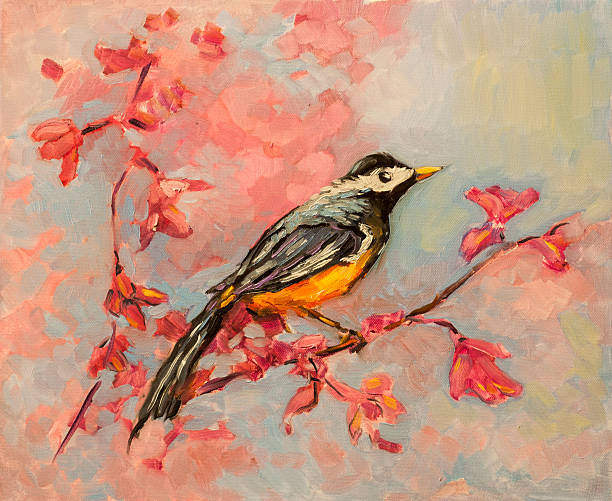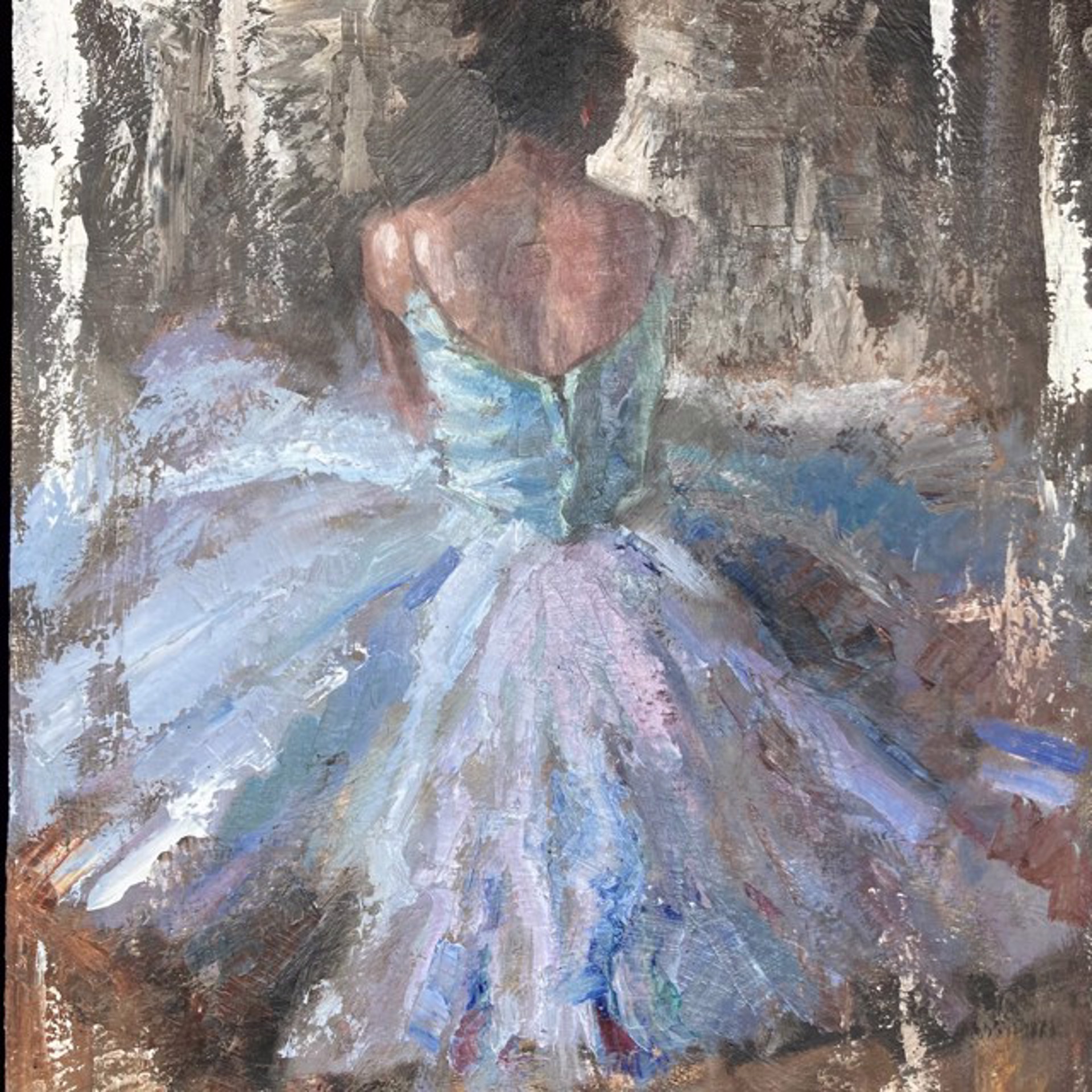Uncover Gorgeous Original Oil Paintings for Sale Online
Uncover Gorgeous Original Oil Paintings for Sale Online
Blog Article
Checking out Everything About Oil Paintings: An Overview to Recognizing Their Elegance and Worth
Oil paintings have captivated audiences for centuries, using a look right into the artistic mastery of different ages. Their abundant history is intertwined with innovative strategies and extensive psychological expression. Understanding the materials and methods behind these artworks can boost recognition. In addition, the market for oil paints presents possibilities for investors and collection agencies alike. As one explores this interesting globe, the question occurs: what makes an oil paint really beneficial?
The Background of Oil Paint: A Journey With Time
Oil painting has origins that date back to ancient times, it truly prospered throughout the Renaissance, when artists uncovered its flexibility and rich shade capacity. Early examples can be traced to the 7th century, with techniques advancing notably throughout cultures. The medium came to be popular in Northern Europe in the 15th century, particularly with the jobs of artists like Jan van Eyck, that spearheaded its use for thorough realistic look and dynamic hues. This period noted a separation from tempera paints, enabling higher depth and structure. As oil paint spread, it influenced plenty of musicians, bring about masterpieces by prominent numbers such as Leonardo da Vinci and Rembrandt. The tool's legacy proceeds, shaping the art world well right into modern-day times.
Comprehending Oil Repaints: Products and Techniques
As artists discover the world of oil paints, they run into a varied variety of products and strategies that define this tool. The key parts of oil paint include pigments, which provide shade, and drying oils, such as linseed, that bind the pigments and promote application. Different additives can modify the paint's texture and drying out time, boosting convenience. Methods like glazing, where transparent layers are developed, and impasto, which entails using thick paint, allow for different aesthetic impacts. Furthermore, making use of brushes, palette blades, and also fingers can create one-of-a-kind textures and coatings. Understanding these materials and techniques makes it possible for artists to completely share their creative thinking and attain the wanted influence in their artwork.
The Duty of Color in Oil Paintings
Shade plays an essential duty in oil paintings, influencing both visual appeal and emotional resonance. Understanding shade concept fundamentals, including the relationships between shades, can enhance a musician's ability to share state of mind and environment. Furthermore, mastering shade mixing strategies enables higher deepness and richness in a paint's combination.

Shade Theory Fundamentals
Comprehending color concept is vital for artists dealing with oil paints, as it develops the foundation for producing harmonious and aesthetically engaging structures. Color theory encompasses the research of just how colors connect, the shade wheel, and the relationships in between primary, additional, and tertiary shades. Artists use complementary shades to improve contrasts and produce prime focus, while similar colors promote unity and cohesiveness within a piece. Furthermore, the concepts of cozy and cool colors influence the understanding of depth and area in a painting. Understanding these principles permits artists to control color properly, directing the visitor's eye and interacting their desired message. Proficiency of shade theory inevitably enriches a musician's capacity to convey emotions and concepts through their job.
Psychological Influence of Color
The psychological effect of color in oil paints plays a critical role in exactly how audiences link and regard with art work. Shades evoke particular sensations and moods, influencing the viewer's emotion. For circumstances, cozy tones like reds and oranges can develop a feeling of warmth and power, while amazing tones such as blues and eco-friendlies commonly stimulate calmness or self-questioning. Artists tactically select shade schemes to improve narrative aspects, assisting the audience's psychological trip. The saturation and comparison of shades even more amplify these impacts, attracting focus and developing focus. Ultimately, the interaction of shades in oil paintings not just boosts their aesthetic appeal however likewise offers as an effective medium for emotional expression, enriching the viewer's experience and interpretation.
Shade Mixing Techniques
While numerous aspects of oil painting add to the total structure, understanding shade blending strategies is vital for achieving wanted effects and deepness. Color mixing can be approached with different techniques, consisting of the subtractive and additive procedures. Additive blending entails integrating colors of light, while subtractive mixing counts on pigments, where colors mix to develop brand-new shades. Musicians often make use of a restricted combination to develop unified works, understanding the partnerships between key, additional, and tertiary colors. Strategies such as glazing and scumbling additionally enhance deepness and luminosity. By skillfully blending shades, an artist can stimulate emotions, create prime focus, and accomplish a feeling of realism, ultimately raising the painting's psychological and visual effect.
Famous Oil Painters and Their Iconic Functions

Famed for their mastery of color and strategy, oil painters have produced several of one of the most well known artworks in background. Prominent musicians like Vincent van Gogh astounded target markets with his emotive brushwork in "Starry Night," while Claude Monet's "Impression, Dawn" laid the foundation for Impressionism. Leonardo da Vinci's "Mona Lisa" remains an enduring symbol of artistic brilliant, showcasing his ability in capturing human expression. On the other hand, Rembrandt's "The Night Watch" shows his ingenious usage of light and darkness. Various other notable figures include Pablo Picasso, who transformed contemporary art with his strong testing in works like "Les Demoiselles d'Avignon," and Georgia O'Keeffe, whose dynamic depictions of landscapes and blossoms aided specify American innovation. Each artist's distinct style added substantially to the oil paint landscape.
Exactly how to Evaluate the Top Quality of an Oil Painting
Examining the quality of an oil painting includes a cautious assessment of craftsmanship techniques, as well as an evaluation of color and composition. Observing brushwork, layering, and the application of paint can reveal the musician's skill level. Furthermore, the interplay of shades and the overall arrangement of elements add considerably to the paint's visual value.
Examining Workmanship Strategies
A careful evaluation of craftsmanship methods is vital for figuring out the top quality of an oil painting. Evaluators need to first examine the application of paint; thick, textured brushstrokes might suggest an experienced hand, while overly consistent applications might show an absence of deepness. oil paintings for sale. The layering technique is likewise vital; the existence of glazes and differed density can boost luminance and complexity. Additionally, the high quality of the materials made use of, such as the canvas and pigments, plays a considerable duty in longevity and total aesthetic. Focus to detail in elements like sides and changes in between shades shows the musician's dedication to their craft. Inevitably, these methods add to the paint's psychological effect and market worth, working as signs of the artist's skill and intent
Evaluating Shade and Composition
While reviewing the top quality of an oil paint, one should concentrate on the interaction of color and composition, as these elements are essential to the artwork's overall influence. Shade selections can evoke emotions read more and establish state of mind; for that reason, the artist's combination must be taken a look at for harmony and comparison. A well-balanced make-up directs the audience's eye and develops a feeling of unity. Artists commonly utilize strategies like the regulation of thirds or leading lines to enhance aesthetic passion. In addition, making use of light and shadow can add depth, boosting the three-dimensionality of the paint. Ultimately, an effective oil painting weds color and make-up, engaging the visitor and welcoming a much deeper admiration of the artist's vision and method.
Caring for and Preserving Oil Paintings
Correct treatment and preservation of oil paintings is essential for keeping their integrity and longevity. To secure these artworks, it is vital to display them far from direct sunshine, which can trigger fading and discoloration. Preserving a stable atmosphere with regulated temperature level and humidity further help in stopping damages. Cleansing must be done delicately utilizing a soft, completely dry towel, avoiding any kind of harsh chemicals that might harm the paint or varnish. Normal evaluations for indications of degeneration, such as flaking or fracturing, are a good idea. When keeping or moving oil paintings, correct padding and framing are required to prevent physical injury. Eventually, attentive treatment adds to the aesthetic appeal and value of oil paints in time.
The Market for Oil Paints: Investing and collecting
Recognizing the market characteristics for oil paintings is vital for collection agencies and financiers alike. The worth of these art work is influenced by various factors, consisting of the musician's online reputation, historical significance, and current trends. Collectors typically seek items that reverberate personally while considering potential appreciation in value. Public auctions and galleries work as main places for buying and selling, with prices rising and fall based on need and rarity. Investing in oil paints calls for research study into the market, as well as an understanding of authenticity and provenance. Furthermore, arising musicians might offer opportunities for significant returns, while established names can command high rates. Overall, a tactical technique to accumulating can generate both visual satisfaction and economic incentives.

Regularly Asked Questions
What Are the Environmental Effects of Oil Paint Materials?
The environmental effects of oil paint products consist of the launch of volatile organic compounds (VOCs), unsafe waste generation, and source extraction for pigments. These factors add to air pollution and eco-friendly degradation, raising issues among ecologically conscious musicians and consumers.
Exactly How Do Different Canvases Impact Oil Paint Results?
Various canvases affect oil paint results significantly. Absorbency, surface, and appearance high quality can modify paint application, drying times, and shade vibrancy. Musicians often select details canvases to accomplish preferred results and enhance their creative expression.
Can Oil Paintings Be Recovered if Damaged?
Oil paintings can without a doubt be restored if damaged. Specialist conservators use different strategies to repair tears, clean surface areas, and address staining, ensuring that the artwork keeps its initial elegance and worth for future generations.
What Are the Signs of an Original Oil Paint?
The signs of an original oil painting include noticeable brush strokes, structure variants, and an irregular canvas weave (oil paintings for sale). In addition, authenticity may be confirmed through provenance, signatures, and the presence of a varnish layer distinct to oil mediums
Exactly How Has Innovation Influenced Modern Oil Paint Techniques?
Innovation has actually substantially affected contemporary oil paint methods by introducing digital tools for planning, boosted products for appearance and durability, and on-line platforms for selling and sharing art, therefore broadening artists' innovative possibilities and audience get to. Oil painting has origins that date back to old times, it genuinely flourished during the Renaissance, when musicians discovered its convenience and abundant color capacity. The emotional effect of shade in oil paintings plays a crucial function in just how viewers view and attach with art work. While lots of elements of oil paint contribute to the total structure, mastering shade mixing strategies is essential for achieving desired results and depth. Evaluating the top quality of an oil painting entails a cautious evaluation of craftsmanship strategies, as well as an analysis of shade and composition. While reviewing the high quality of an oil painting, one must focus on the interaction of shade and make-up, as these elements are fundamental to the artwork's overall effect.
Report this page